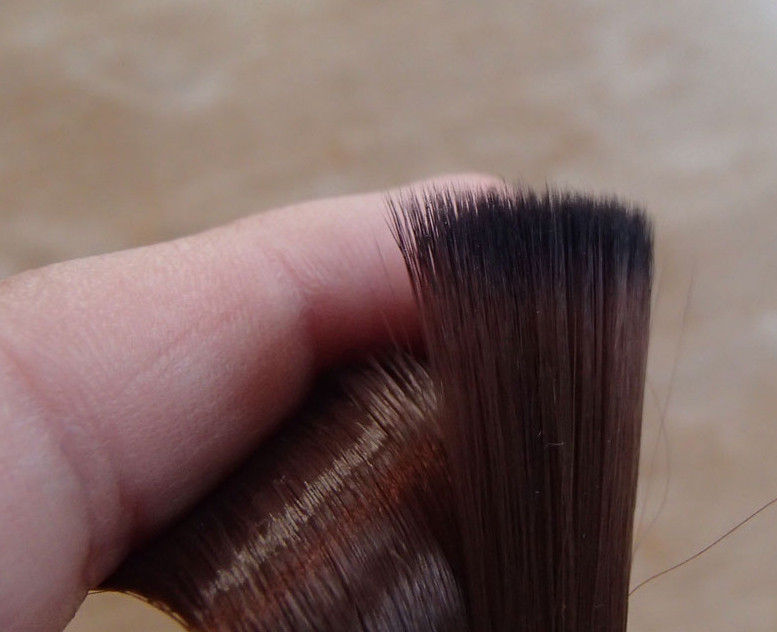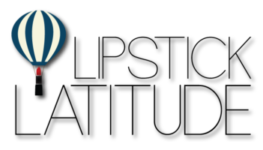
All About Brushes: Brush Characteristics
It’s really tempting to just dive into all the different brush shapes there are and what tasks they’re used for, but having the right shape is useless if everything else about the brush is all wrong. So we’ll start with some of the basics – here are some things you should take into account when you’re deciding which brush to use.
Density
The density of a brush refers to how many hairs are packed into a given area; a denser brush will have more hairs. In general, the denser a brush is, the more product it will pick up. Denser brushes can also help achieve a very seamless or ‘airbrushed’ finish because there are more hairs to push the product around. Looser brushes, on the other hand, can pick up and deposit a smaller amount of product. This makes them ideal for tasks where a very light application is needed, such as with highlighter or very pigmented blushes.
Bristle length
The longer the bristles are, the further they can move from their original position, which means there’s a little less precision in where they go. Sometimes that’s what you want, such as when you’re dusting setting powder all over your face. Other times, like when you’re applying eyeliner, you need to be able to control exactly where those bristles go.
Hair type
You could probably write a book on the hair types used in brushes and what each one is best for. I’ll keep it short for you though.
- Goat – Goat hair is naturally resilient and a bit springy, making it wonderful for picking up powders and directing the placement of powder products. It’s one of the less delicate natural hair types, so it can handle frequent washing. This makes it useful for cream and liquid products. The texture of the hair depends a lot on what part of the goat it came from – chest hair is softer than hair from the back, for example.
- Horse – Similar to goat hair, horse hair is resilient and durable. It’s often mixed with softer hair types to add firmness.
- Squirrel – While the characteristics vary depending on the type (Candadian squirrel, Pine Squirrel, etc), squirrel hair brushes are incredibly soft. This means they generally pick up less product, so they’re best for products where a lighter application is desired. They are also very comfortable to use on extremely sensitive skin.
- Weasel – Weasel hair is stiff, but with some elasticity. It absorbs very little product, so it’s commonly used for eyeliner, concealer and lip brushes.
- Badger – Badger is best for very stiff brushes, such as eyebrow brushes.
- Synthetic – Synthetic fibers are man-made. Since it doesn’t absorb products, it’s very commonly used in brushes intended for cream or liquid products, like foundation. Synthetic bristles are frequently mixed with natural hairs in order to reach a certain level of elasticity or durability. Since the bristles are man-made, fully-synthetic brushes are cruelty-free.
A note on natural hairs and cream products – Due to the variations in the color of natural hairs, a lot of natural hair brushes are dyed to give the brush head a uniform appearance. It isn’t uncommon to experience some bleeding of the dye, especially with new brushes. Dyed brushes should be tested for color-fastness before you use them with cream or liquid formulas.
Density + Bristle Length + Hair Type
These things all interact with each other, and how they interact will determine exactly what kind of results you get with a particular brush. For example, longer bristles usually have a more diffused effect, but increasing the density adds a little firmness – so instead of a light, airy application, you might get more product in a well-defined area. On the other hand, short, loosely packed bristles (like those in stippling blushes) can give a light application in a very precise area. Figuring how how a particular brush will act is a little bit of an art (one that I haven’t mastered by any means), and it’s fun and frustrating all at the same time.
Handle Balance
This isn’t always a huge deal for most people, but the length, width and weight of the handle can affect how it operates to some extent. The width of the handle will affect how you grip it, and the handle should weigh enough to balance out the weight of the brush head. Short handles force you to be a little more precise. Ever tried holding a pencil normally, and then holding it way at the end? It’s like that. With longer handles, you can hold it toward the end to make larger, more sweeping motions. Handle length can also be a factor if you have any vision problems and need to get really close to the mirror – longer handles can sometimes get in the way.
That’s it for this section! Questions/comments? Leave ’em below!

Leave a Reply